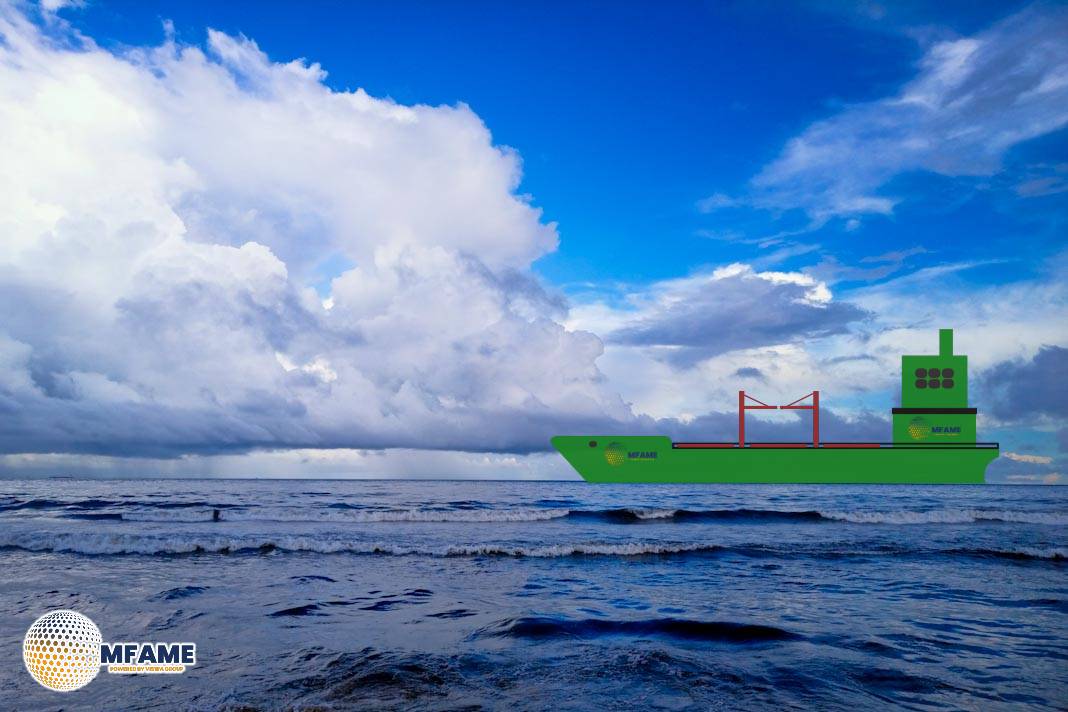- A crew member fell through a bottom window in a cargo crane cabin during cleaning while the vessel was anchored off Paradip, India.
- The protective steel grating over the window had been removed, eliminating the only physical barrier preventing a fall.
- Contributing factors included possible prior glass damage, seal failure, or corrosion, along with equipment design that made cleaning difficult without removing the grating.
- The company secured gratings, redesigned them for safer cleaning, and added extra fall protection and safety awareness measures fleetwide.
On May 22, 2024, a fatal accident occurred on board the Maltese-registered bulk carrier while anchored off Paradip, India. A crew member fell from a height of about 12 meters inside a cargo crane cabin during cleaning operations. The safety investigation aimed to determine the circumstances of the accident and identify preventive measures to avoid recurrence, according to the findings documented in the final safety investigation report issued by the Marine Safety Investigation Unit of Transport Malta.
Why Did It Happen?
The investigation determined that the crew member fell through the bottom window of cargo crane No. 1’s cabin while cleaning. The protective steel grating, which served as the only physical barrier over the glass pane, had been removed. It is likely the crew member placed some or all of his weight on the tempered glass, which gave way. The glass and its rubber seal assembly may not have been designed to support any additional load.
Possible contributing factors include prior damage to the glass, failure of the rubber seal under weight, or corrosion around the window frame that could have allowed the glass and seal to slip out. The crane’s air vent handle obstructed the grating from fully opening, likely prompting its complete removal for cleaning. No functional barriers, such as alarms or interlocks, were in place to prevent removal of the grating, and no warning signs were posted inside the cabin. Weather and vessel motion were ruled out as contributing factors.
Lessons Learned
This case highlights the importance of maintaining multiple safety barriers—physical, functional, and symbolic—when working at height. Removing a physical barrier without an alternative safeguard created a direct risk of falling. Maintenance programs must include checks on less obvious safety components, such as window seals and support frames, to prevent deterioration that could compromise their integrity.
The accident also underlines the need to design equipment so that routine maintenance and cleaning can be carried out safely, without removing essential protective features. Crew members must be reminded during safety meetings that bypassing protective devices, even for convenience, can lead to severe accidents.
Safety Recommendations
Following the accident, the company took immediate action to secure the protective gratings on all remaining cargo cranes by bolting the hinges to prevent removal. Safety posters were installed inside the crane cabins to warn of the hazard. As a long-term measure, new grating designs were commissioned to allow cleaning without removal, and additional transverse steel bars were planned beneath the bottom windows as extra fall protection.
The company also issued a Safety Bulletin to all vessels under its management, requiring the incident to be discussed in safety meetings and training sessions for both crew and contractors, ensuring awareness of the hazards and reinforcing safe working practices.
Did you subscribe to our Daily newsletter?
It’s Free! Click here to Subscribe!
Source: MSIU

















